Methods
Choose a category:
Yoga
Vinyasa
Vinyasa Yoga is a relatively modern yoga technique rooted in Ashtanga-Vinyasa Yoga. The word Vinyasa is derived from the Sanskrit term Nyasa-“in a unique way”. Vinyasa practices a smooth, intelligently designed and harmonious transition between different asanas. This style of yoga highlights a union between movement and breathing as we transition from one pose to the next. Krishnamacharya’s (previously mentioned in the Ashtanga series) teachings underly the importance of paying attention to the transitional movements between different asanas, rather than focusing solely on the asana itself, thereby drawing attention to our bodies throughout the exercise. Vinyasa yoga focuses on deep methodical breathing while paying close attention to our body position as we advance through the exercise. This discipline is often dynamic and rhythmic (occasionally accompanied with music), however this is not always the case, the speed and tempo in which Vinyasa is practiced largely depends on the instructor and their method of teaching and can be very gentle and calm.
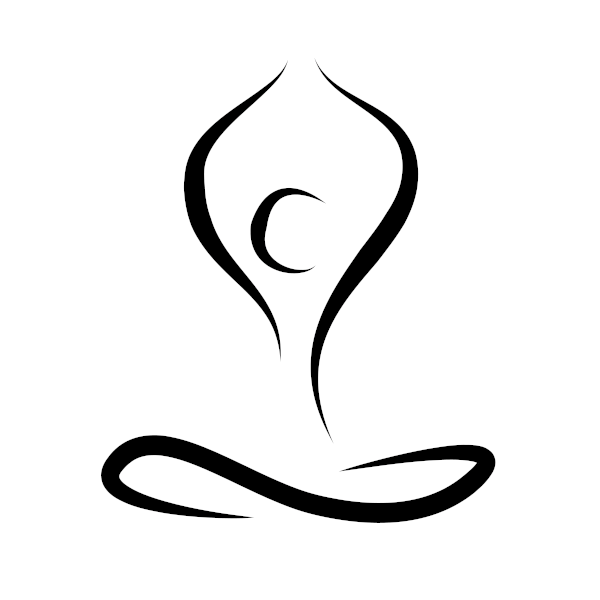
Hatha Yoga
The Sanskrit word “Hatha” literally translates to “Force” and suggests a method by which we unite our body by force, or strength.
Hatha yoga text is often accredited to Gorkhnath, the famed founder of kanphata yogi, however, Hatha yoga is generally regarded as being much older, dating back to the 200 BCE. Hatha yoga is a branch of yoga that integrates asanas (yoga poses) and pranayama (breathing techniques).
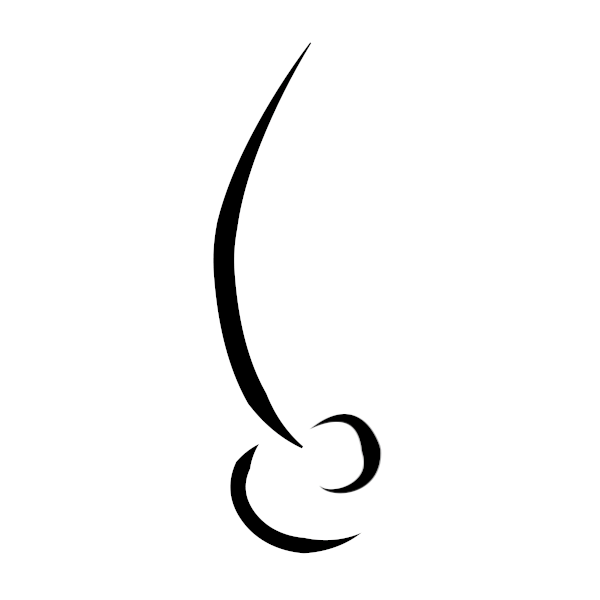
Iyengar
Integrative yoga draws its roots from the Hatha yoga discipline. It combines different yoga techniques, especially drawing from Iyenger Yoga. This form of yoga stresses precise poses and body awareness. It emphasizes pose holding to ensure that the optimal pose is achieved while developing balance. Integrative yoga utilizes many props because of the demanding nature of this discipline. Because of its emphasis on prolonged stance and low impact, it is extremely therapeutic and can be used with anyone regardless of any kind of physical disability. In such cases, this discipline is very adaptable, and thus it can be altered to suit a particular disability.
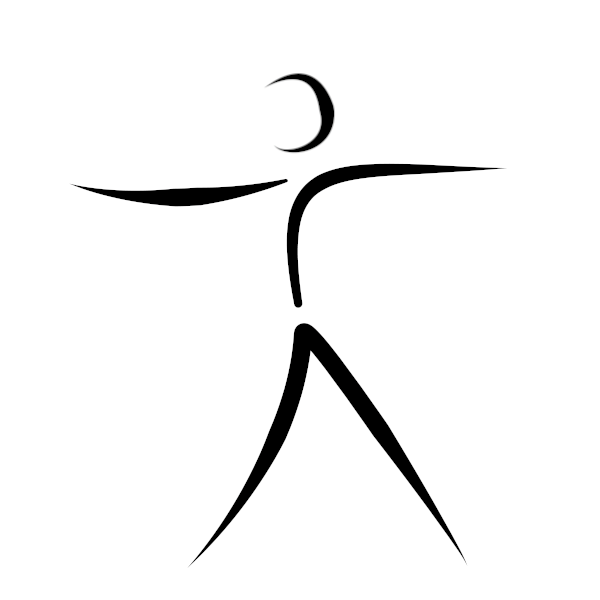
Vijnana
Vijnana is the wisdom and inner clarity that flows from personal life experiences. This is described beautifully by the Indian philosopher Ramakrishna who states that “The awareness and conviction that fire exists in wood is Jnana, Knowledge. But to cook rice on that fire, eat the rice, and get nourishment from it is Vijnana”. The guiding principles that enable us to concentrate, see, feel, understand, internalize and act deliberately include: Relaxing the body, relaxing the mind, focusing through Intent, rooting, Connecting, Awareness of breath, Expanding – Elongating and widening.
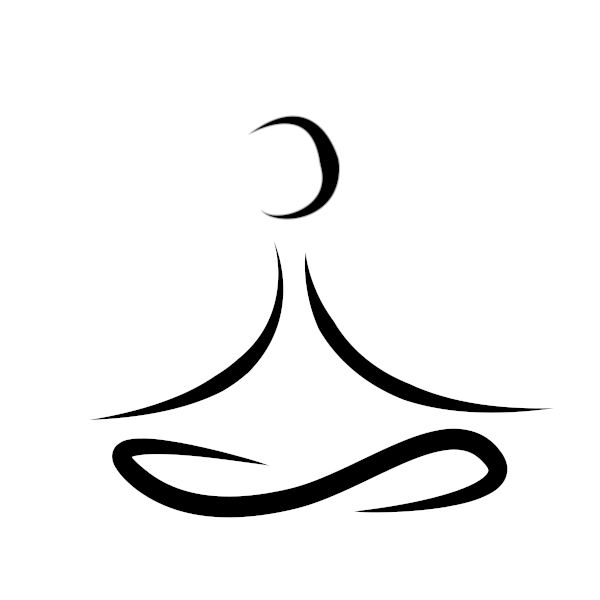
Meditation
Meditation utilizes a variety of techniques to achieve inner peace, induce self-reflection and introspection, strengthen the spiritual connection and general wellbeing and provide oneself with a sense of accomplishment. Meditation, therefore, is an important tool that we can use for self-healing and realization. Meditation is often mischaracterized as a method to silence our thoughts; however, this is not the case. It is rather a tool to reflect on our thoughts and inspect them from a different perspective, withholding any judgment or criticism. In fact, we can train our way of thinking and thereby gain a healthier outlook on any adversities that we may be facing in our daily lives.
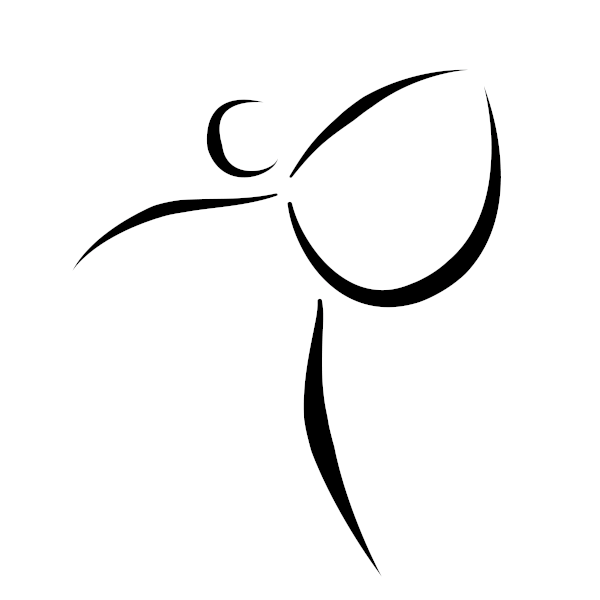
Integrative Yoga
Integrative yoga draws its roots from the Hatha yoga discipline. It combines different yoga techniques, especially drawing from Iyenger Yoga. This form of yoga stresses precise poses and body awareness. It emphasizes pose holding to ensure that the optimal pose is achieved while developing balance. Integrative yoga utilizes many props because of the demanding nature of this discipline. Because of its emphasis on prolonged stance and low impact, it is extremely therapeutic and can be used with anyone regardless of any kind of physical disability. In such cases, this discipline is very adaptable, and thus it can be altered to suit a particular disability.
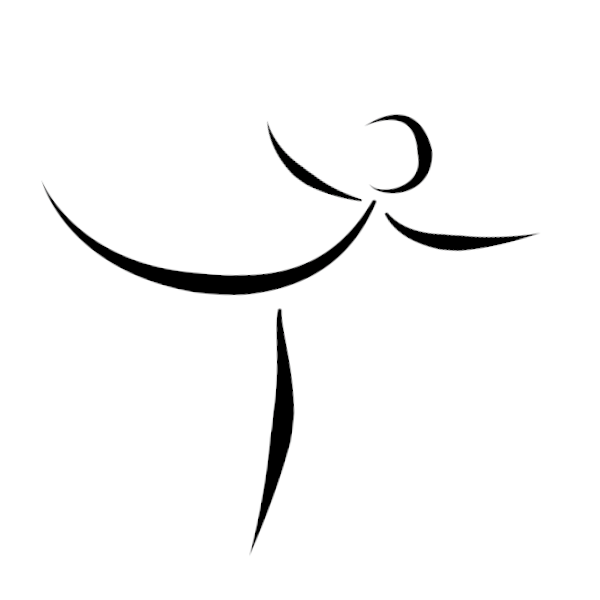
Ashtanga Vinyasa
The name Ashtanga yoga is derived from the ancient Sanskrit language meaning “the eight limbs of yoga”. These techniques where first discussed by Patanjali, a revered yoga revolutionary, who described these techniques as a means by which one could achieve a better life. It combines physical movements to better one’s physical being as well as incorporating moral and ethical instructions to uphold throughout one’s life. It is important that we begin our practice of ashtanga by firstly understanding what it is. As previously mentioned, Ashtanga is an antique practice that incorporates our physical state with the spiritual one.
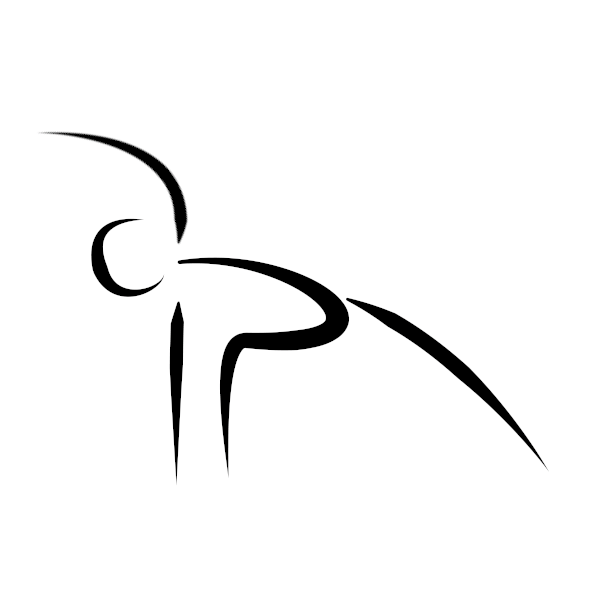
Ano Yoga
The name Ano yoga is derived from the ancient Sanskrit language meaning “unity, togetherness, connection”. Ano yoga highlights this unity as a methodology to practice and train our bodies by incorporating a deep attention to our physical state, breathing techniques and the way we think. The different asanas (movements) in this style flow from one asana to the other and creates a sense of unity between these movements. In so doing, and a fundamental understanding of our bodie’s physiology, we can achieve precision in our movements and poses and these in turn allow introspection and reflection.
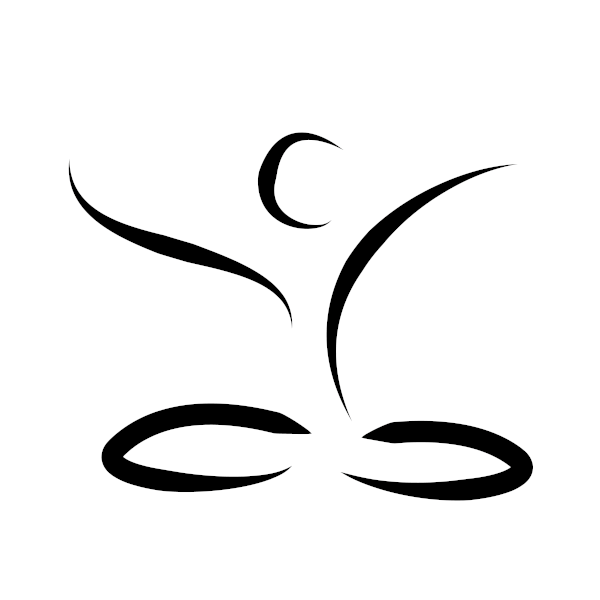
Fascia Yoga
Fascia is a term that describes a connective tissue that engulfs our organs, muscles and bones. It is like an encasement, like an article of clothing that surrounds our bodies internally. It reacts to the stressors our bodies apply on it, and by the same logic, it can also be injured and stressed. This is commonly the root cause of loss of mobility and function.
The two primary mechanisms that induce the most common fascial injury are associated with over activity of our muscles, as seen in people who work long hours at their computer, staring down at the screen for a prolonged time. This often results in an increased fascial stress and will tighten into a flexion like a piece of cloth that stretched between the chest and is stretching to our belly buttons, ultimately resulting in a hump (kyphosis) in our upper back, causing the head to shift from its natural axis forward and misaligns from the spinal column.
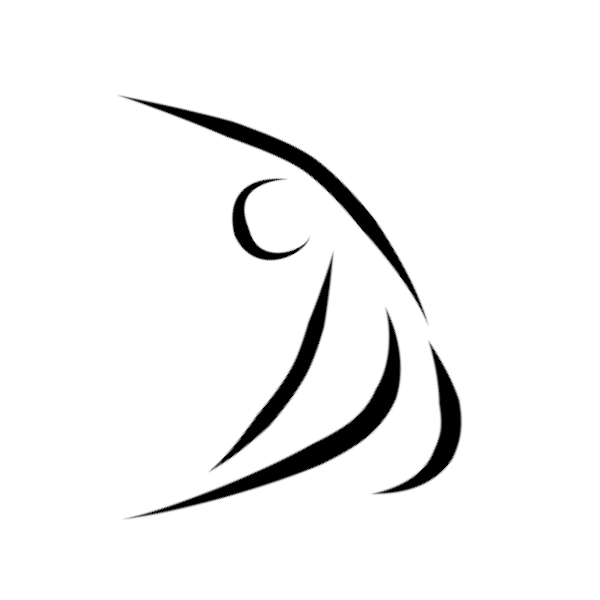
Yogametria
This style combines between meticulous scientific knowledge, and the soft natural healthy flow that comes from the body.
It is a personal style combining element from Vini Yoga, Ayengar Yoga, Integrative Yoga and extras from the disciplines of Mobility, Chiropractic and more.
All these create a rich practice of movement to joints, spine and deep realms of our body.

Sanskrit Poses
“Yoga is abiding by the principles of truth and avoiding the path of untruth. Yoga is a science which is meant for the study of the reflective. It is for those who are convinced that the world of the senses has nothing substantial to offer. Yoga is a process of continuous transformation. The inner perfection of self-realization can only come to be revealed by experience. This happens only progressively. The transformation of one's personality is achieved through stage (Swami Sivananda)”. Yoga helps to process one’s inner being in the deepest sense and discover their inner truth. By practicing yoga, we enable our mind to establish an utter awareness of our spiritual being and allows us to reflect and develop ourselves from within.